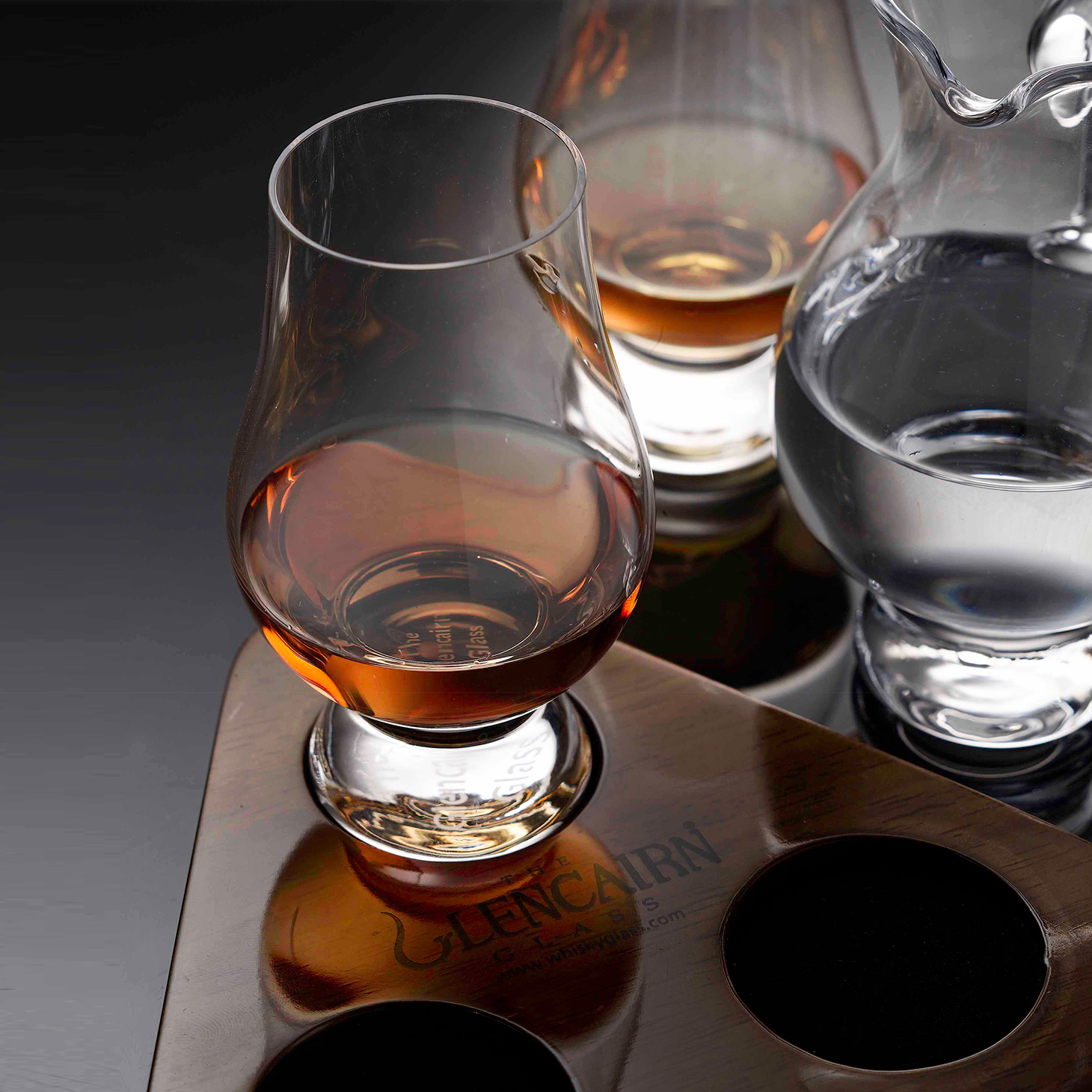Introduction
1. There are some fundamental differences between trade marks and other intellectual property rights. Whereas copyright, design right, registered designs, and patents all require some inherent originality if they are to have validity, a trade mark requires distinctiveness in regard only the particular products or services in respect of which it is used. The mere fact that a trade mark consists of an ordinary word or words, or is already registered by a third party for unrelated products or services, does not necessarily rule out the possibility of registration. Another important difference is that if a trader uses a trade mark before applying to register it, this does not destroy its validity and, in some cases, can even help in obtaining rights in the mark (although registration before use is to be recommended, wherever possible). This differs from the position in relation to Patents and Registered Designs, where prior use invalidates the prospective monopoly right.
Advantages of registration
2. Trade mark registration is not (and never has been) compulsory in the United Kingdom. Trade mark rights will start to build up as soon as a new mark is used on a scale sufficient to generate what the law terms a protectable "goodwill" (i.e. the type of reputation in the marketplace that brings in business). These "common law" trade mark rights can be exercised against a third party infringer, but to succeed it is necessary to prove to the Court: (a) that the mark has acquired goodwill through use; (b) that the third party use amounts to a misrepresentation leading to confusion in the marketplace; and (c) that the goodwill is damaged as a result. All of this can be a hefty burden of proof and therefore very expensive. However, if the trade mark is registered, legal action can be taken for infringement of the registration, and the burden of proof (and potentially the cost) is substantially reduced.
3. Possession of a trade mark therefore makes it easier to prevent use of similar marks by others. It also makes it much more straightforward to prevent third parties registering similar marks, which might otherwise pose an infringement risk. Subject to certain conditions, the law generally permits the first person to apply for registration of a mark to obtain registration. This raises the possibility of a mark which is used, but unregistered, being subsequently registered by another party. Unless the first user of the mark can demonstrate existing common law rights (which, as noted in paragraph 2 above, can be problematic) the first applicant will achieve registration and the first user will become an infringer and have to stop. Thus, registration can help to cement one's right to continue use of one's own mark, as well as providing a means for preventing others from using it.
Rights afforded by registration
4. A trade mark registration is in the nature of a statutory monopoly, which affords the proprietor the exclusive right to use the mark in question in respect of the goods and/or service in respect of which it is registered. A registered trade mark is infringed by any unauthorised use by others (a) of the same mark in respect of same goods or services covered by the registration or (b) insofar as there is a likelihood of confusion, of the same or a similar mark in respect of the same or similar services. If the registered mark has acquired a reputation through use, the registration will also be infringed by use of the same or a similar mark in respect of any goods or services, to the extent that the unauthorised use takes unfair advantage of or causes detriment to the reputation under the registered mark.
Routes for achieving registration
5. Registration of a trade mark in the United Kingdom can be achieved by three alternative routes, which may be referred to loosely as the UK, European and international routes. The UK route involves the filing of an application at the Trade Marks Registry, which is part of the United Kingdom Intellectual Property Office (UKIPO). Such an application is effective in the whole of the United Kingdom (i.e. England, Scotland, Wales and Northern Ireland), as well as the Isle of Man. The European route involves the filing of a European Union trade mark (EUTM) application at the European Union Intellectual Property Office (EUIPO) and such an application covers all member states of the European Union. The international route involves the designation of the United Kingdom or the European Union in an international trade mark application under the Madrid Protocol, which is not likely to be a route of interest to British applicants (although such applicants may well wish to make use of the Madrid Protocol to achieve registration in other countries, as explained in paragraph 14 below). Whichever route is chosen, the substantive law on registrability is virtually identical; there are, however, differences in practice and cost. For further information and an estimate of costs, please contact us.
Goods and services
6. Any application for registration of a trade mark must specify the “goods” (i.e. physical products) and/or services in respect of which registration is sought. These must be grouped according to the International Classification of goods and service, which divides every conceivable trading activity into one or more of its 45 Classes. An application may cover goods and services falling in more than one class and the cost of the application depends on the number of classes involved.
What can constitute a trade mark?
7. The law provides a broad definition of what a “trade mark” can consist of, and in particular permits registration of “any sign capable of being represented graphically which is capable of distinguishing goods or services of one undertaking from those of other undertakings”. The term “graphically represented” covers a large number of possibilities, from the more usual types of trade marks (words and logos) to more unusual types (including, for example, shapes, sounds and smells).
8. Although the definition of what may constitute a trade mark is broad, there are several grounds on which registration may be refused. The main two grounds of refusal are termed “absolute” (i.e. lack of inherent registrability of the mark) and “relative” (i.e. conflict with an earlier mark).
"Absolute" grounds for refusal
9. The main “absolute” grounds are:
i. that the mark lacks any distinctive character,
ii. that the mark denotes quality, value, quantity or other characteristic of the goods or services,
iii. that the mark is a sign which is customary in the trade.
However, if the mark has in fact already become distinctive prior to filing the application (e.g. where the mark has been used for a long time and has gained a reputation), then these “absolute” grounds of objection may be overcome by filing evidence of the extensive use. Accordingly, it is wise to keep copies and records of advertisements, detailed sales records, etc.
“Relative” grounds for refusal
10. “Relative” grounds of refusal, based on likely conflict with earlier marks, are not raised as official objections against new applications in either the British or the European Union examination systems. An earlier mark can only cause a bar to subsequent registration of the same mark or a similar mark if the owner of the earlier mark files a formal “opposition”. The onus is therefore very much on the trade mark owner to be vigilant concerning the filing of similar marks by others (for example by maintaining a watch service) and to oppose conflicting marks where necessary. Both UKIPO and EUIPO carry out a certain amount of searching of potentially conflicting marks, which are brought to the attention of the applicant for information; in some cases, the owners of earlier cited marks are also notified, but objections are never maintained unless an opposition is filed. These official searches are of varying degrees of comprehensiveness and quality and should not be relied upon as an adequate means of policing one’s registered mark. It is therefore recommended that a watching service be put in place for all marks of commercial importance. A watching service is usually relatively inexpensive and serves to give notice of all similar trade mark applications which have been accepted for registration, thus giving an opportunity to oppose. Please contact us for further details and costs estimates.
Oppositions
11. Oppositions are contested proceedings in which both parties have the opportunity to file evidence and arguments before a decision is made by one or more experienced examiner as to whether or not a likely of confusion exists between the marks. At UKIPO, decisions are made by senior examiners (or “Hearing Officers”), often after an oral hearing; at EUIPO, decisions are made by three-person “Opposition Divisions”, nearly always on the basis of written submissions alone. While opposition proceedings can be lengthy and relatively complex, they tend to be much less expensive and involved than court proceedings. Moreover, the procedures are quite flexible in some respects, and give plenty of opportunity for the parties to reach an amicable settlement if they are minded to do so. Indeed, opposition proceedings often provide a framework for settlements to be agreed and many cases are settled at a relatively early stage.
12. One important aspect of the opposition system concerns establishing one’s right to an earlier mark. In the case of an earlier registered trade mark, it is necessary to be the owner of the earlier mark in order to oppose. This can cause problems if, for example, a previous change of ownership has not been recorded. It is therefore important to keep ownership details on the trade marks register up-to-date. Furthermore, in the case of a mark that has been on the register for more than five years by the time the later conflicting application is published for opposition purposes, the owner of the earlier mark must prove that the registration is not vulnerable to cancellation for non-use by providing evidence of genuine use of the mark in the territory concerned (i.e., either the UK, in the case of a British registration or the European Union in the case of a EUTM registration). It is therefore vital to keep good sales records, so that compelling evidence (including, in particular, dated items such as invoices, delivery notes, advertisements, etc) clearly demonstrating use of the mark in the territory in question, at the relevant point in time, can be produced when necessary.
Registration abroad
13. Trade mark registrations are territorial in scope and do not automatically extend to other countries. It is, however, possible to obtain trade mark protection in virtually every country of the world and it is generally advisable to secure registration at an early stage in every country where a mark has commercial value. The laws of most countries are based on a “first-to-file” system, which means that it is generally not safe to rely on unregistered trade mark rights.
14. The most sensible route to achieving registration abroad will depend in particular upon the countries of interest. Many countries belong to an international scheme known as the Madrid Protocol, which means that they can be covered by an international trade mark registration based on an existing British or EUTM application or registration. This can reduce trade mark filing costs very considerably. Other countries can be covered by means of separate national applications. For further advice and costs estimates, please contact us.
15. Finally, whilst the above comments relate to trade mark law and principles, one should also have regard to the increasingly important role now being played in the commercial world by Domain Names. Please see our separate section in relation to Domain Names for discussion of this topic.
The comments above should not be regarded as a definitive statement of the law and are provided for general information purposes only. For further details, advice, and an indication of likely costs, please contact us.
© E. Eder 2004 and Bromhead Johnson 2008





